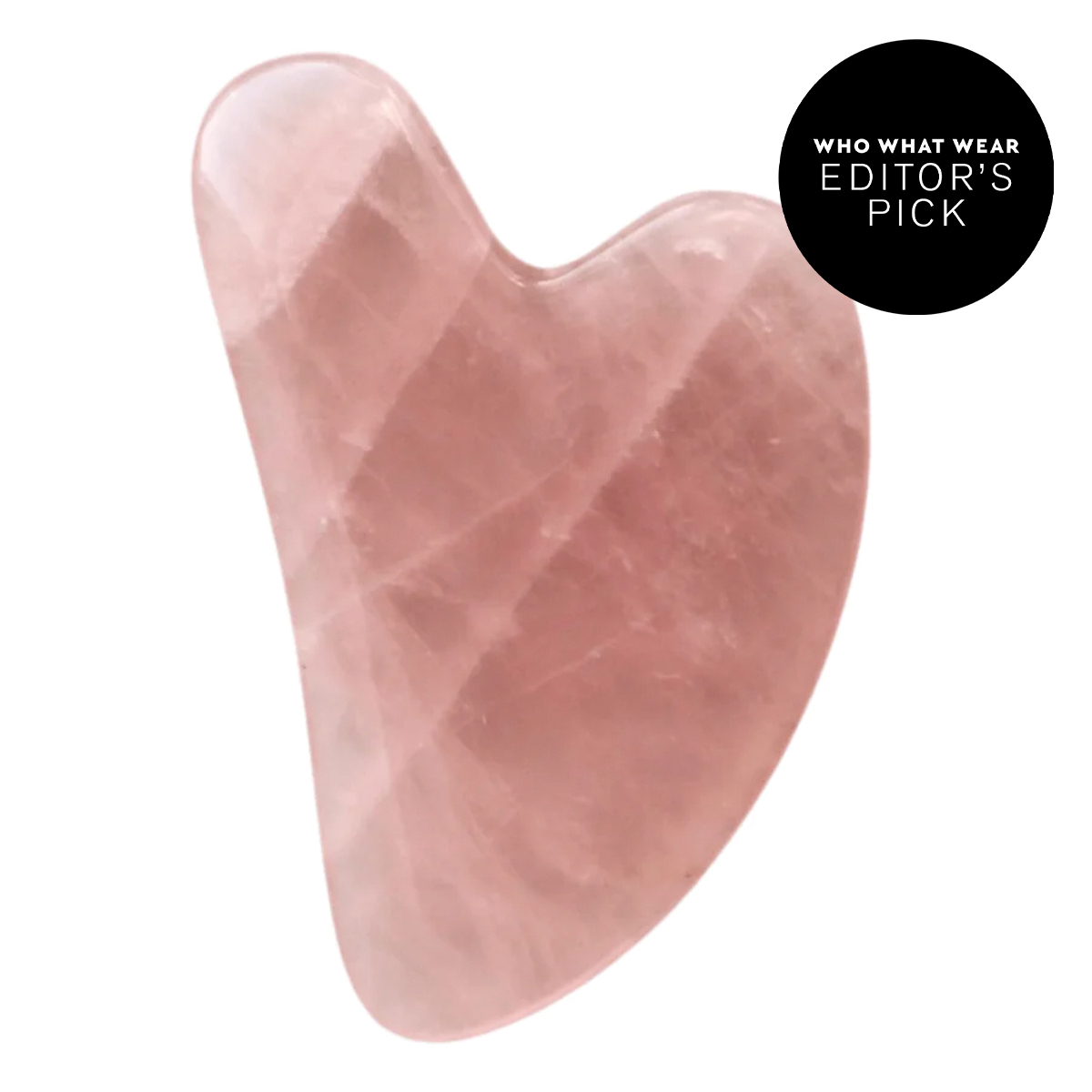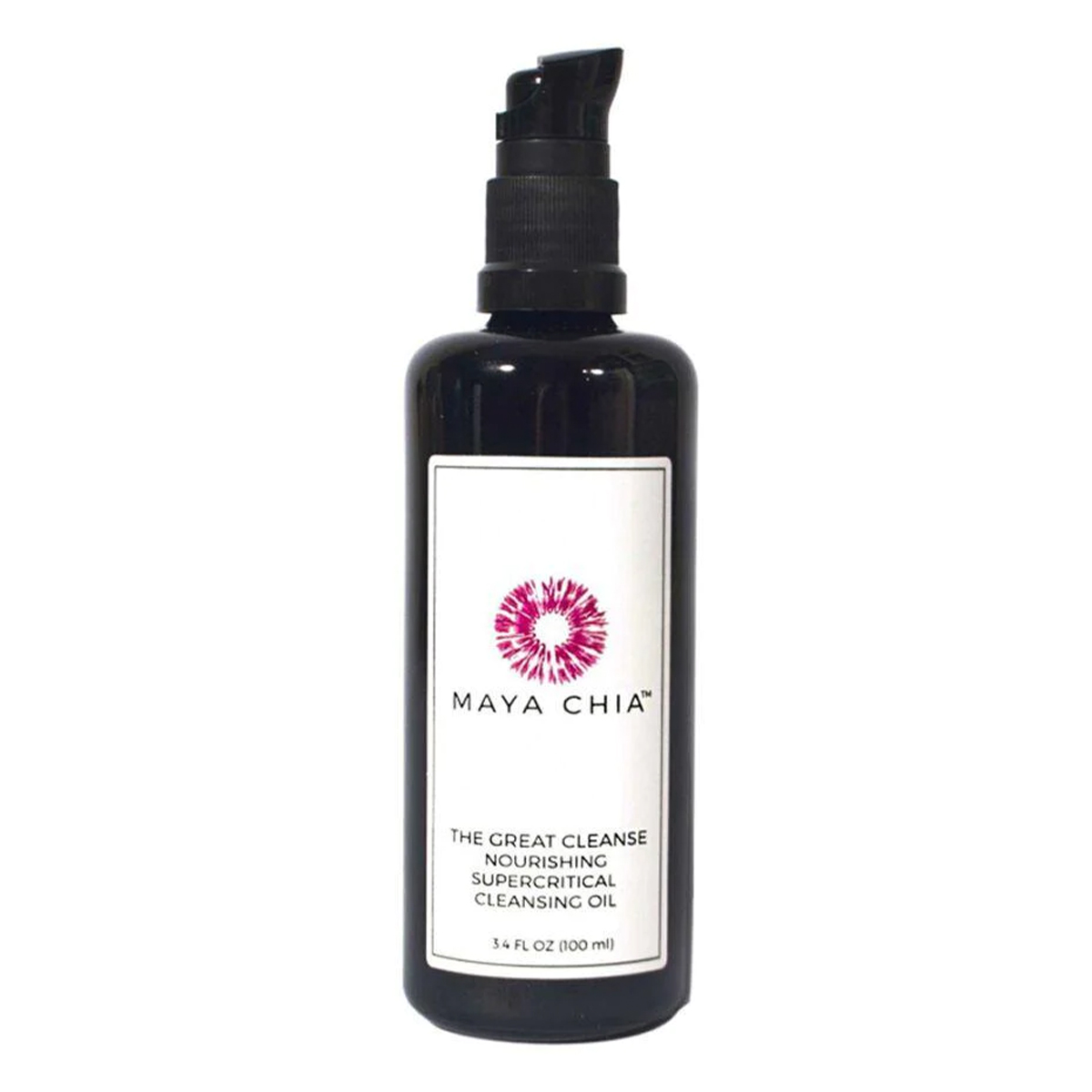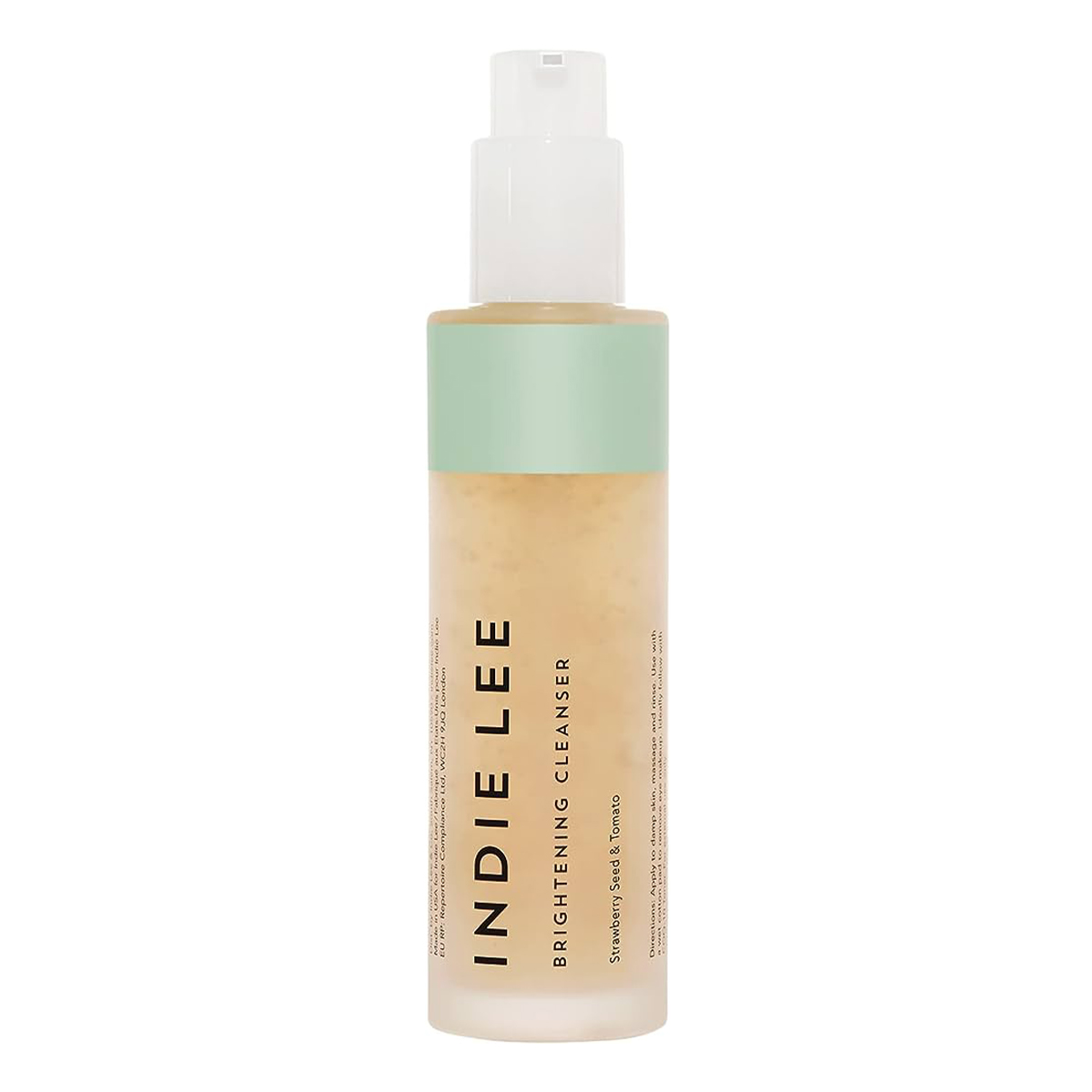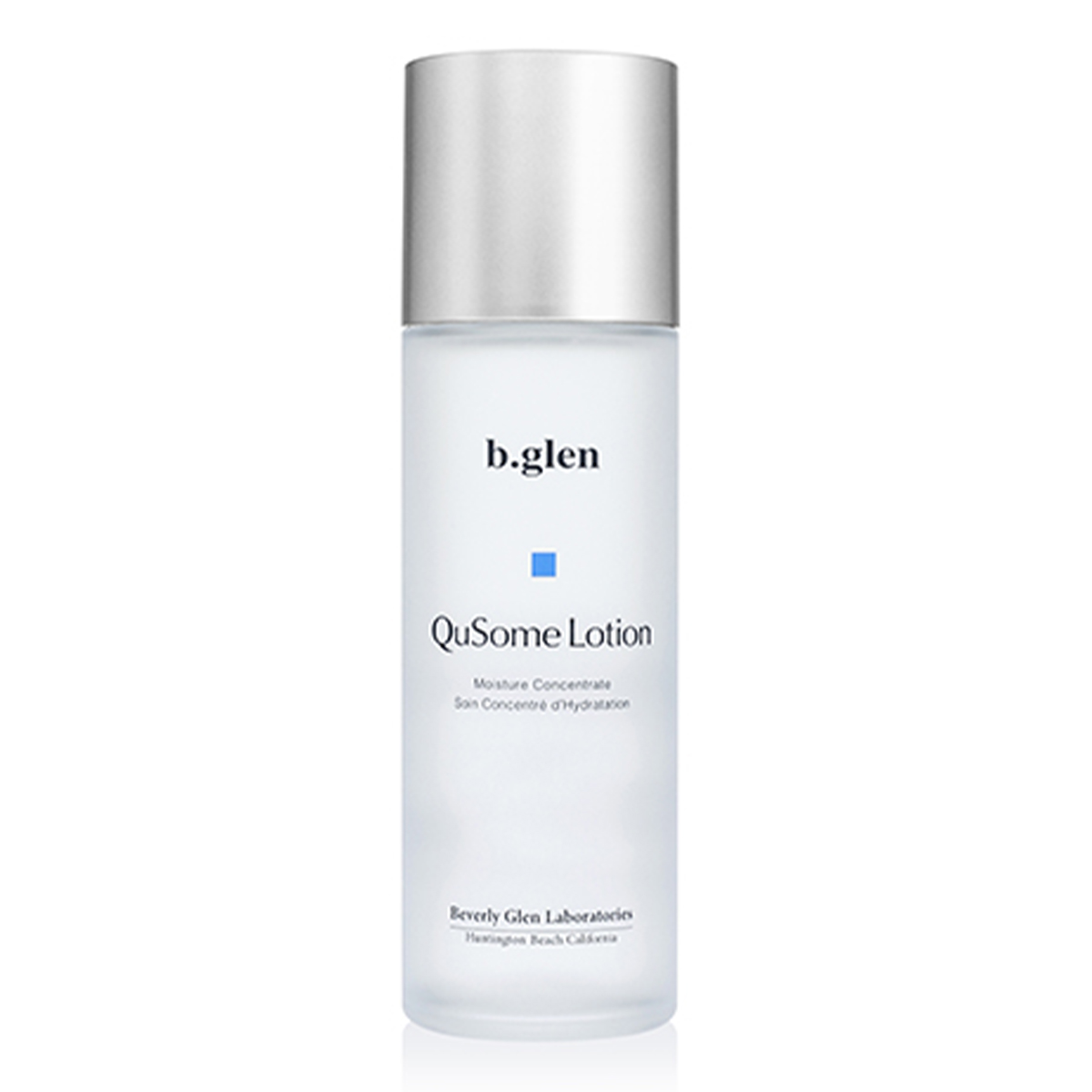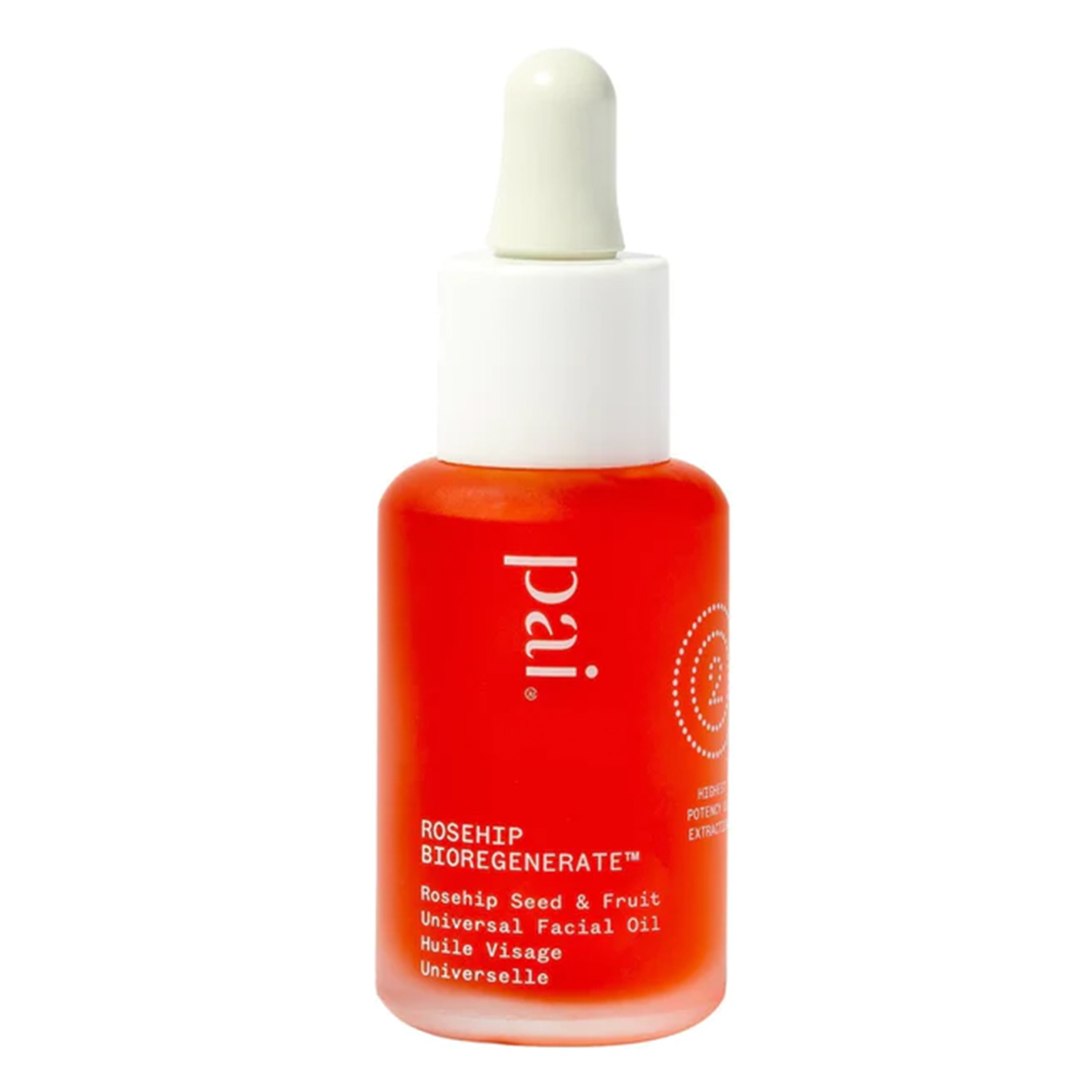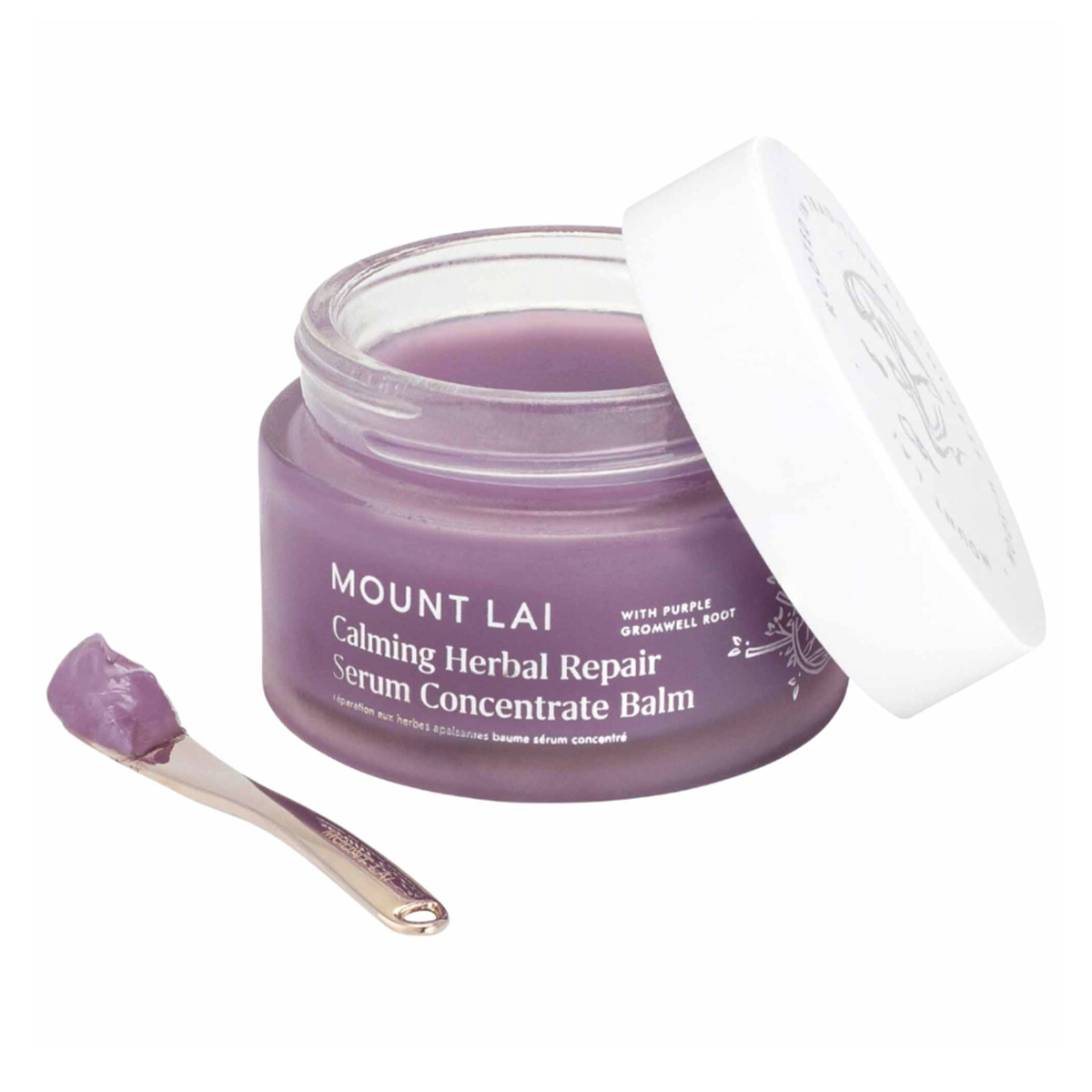I Gua Sha ed for 30 Days Pre-Wedding—The Results Have Me *Softly* Screaming

Welcome to Deep Reviews—your one-stop destination to discover the absolute best products and brands the beauty industry has to offer. Every month, theBest Knockoff Luxury Clothing staffers you already know and trust will research, test, and review the market's most sought-after and buzzed-about products to see which formulas (of the hundreds up for consideration) are truly worth your hard-earned money and attention. You can expect honest, completely uncensored feedback and no-BS recommendations our hard-to-please testers endorse without reservations. To put it simply, stick with us, and buyer's remorse will be a thing of the past.
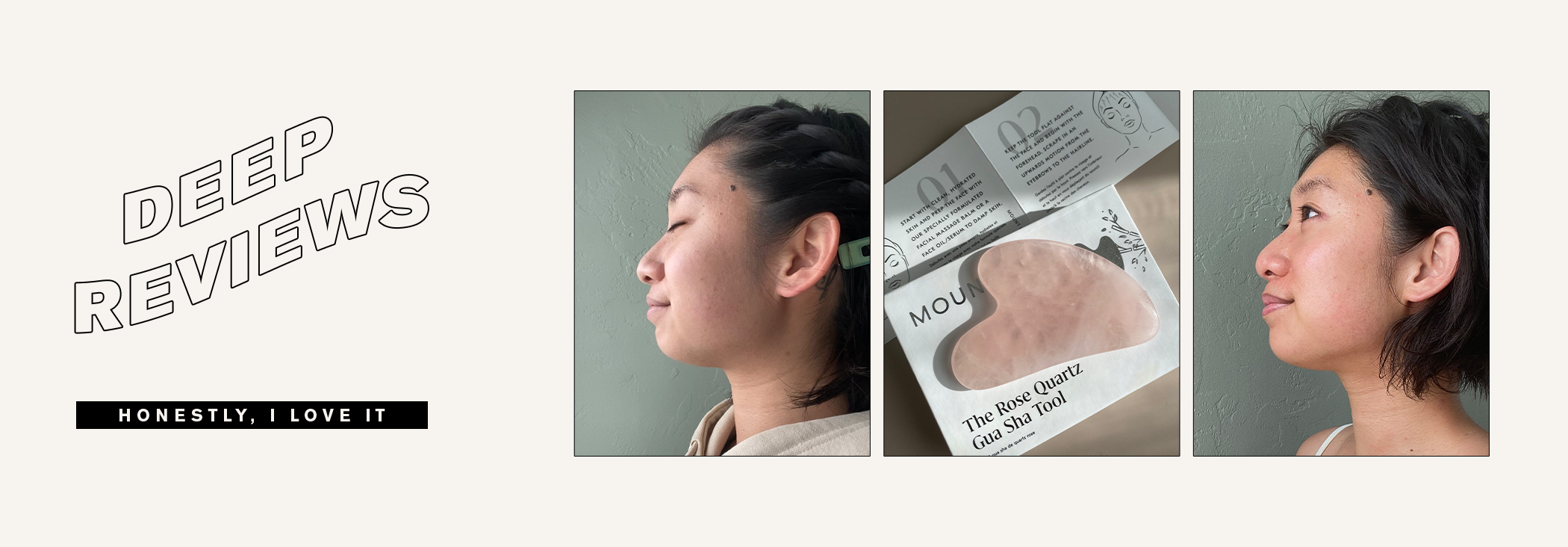
The majority of our Deep Reviews will feature our editors' honest, ultra-hot takes on entire product categories or multiple products from a particular beauty brand, but every so often, we'll sprinkle in a special single-product format called Honestly, I Love It. As the name suggests, these reviews will hone in on one standout beauty formula our editors quite literally can't shut up about. This time around, I'm highlighting Mount Lai's Rose Quartz Gua Sha Facial Lifting Tool ($30).
The first time I had gua sha done on my back, I came home so bruised from scraping that my husband refused to hug me for days, yet I felt more relaxed post gua sha than I had after other deep tissue massages. Suffice it to say, I’ve been attending fortnightly gua sha massages for two years now, and the immediate results have made a dramatic difference when it comes to my body posture and the way I carry daily stress.
But when it came to gua sha tools for the face, I had always been intimidated. Listen, I’d done my research. I knew the efficacy of gua sha from my back alone. I was more than familiar with the centuries-long tradition of qi flow restoration thanks to my acupuncturist uncle and his master’s degree in traditional Chinese medicine (TCM). I knew exactly what Asian-owned business I wanted to support when I finally decided to make my purchase, and I’d had the product sitting in my cart for a year, always backing out last minute because I couldn’t reconcile the red aftermath of my back with facial application, let alone commit to a daily gua sha routine.
And then I got engaged. There was a wedding to plan, photos to capture, and a double chin threatening to take center stage of it all. As I'm someone who needs to be held accountable to self-care routines, what better way to test a new beauty routine than to promise to try the product every night for one month leading up to my wedding day and write about it? Spoiler alert: The results have me screaming praises and never turning back.
But First, What Is Gua Sha?
I want to provide some context before we dive into my gua sha massage routine because cultural appreciation should be the name of everyone’s game. In traditional Chinese medicine and philosophy, qi is the vital life force that flows through our bodies. It is the essence that gives us life and is the very core of TCM. When your qi is balanced and in harmony, your health and energy thrive. When stagnant, inflamed, or imbalanced, Chinese philosophy believes this discord manifests physically and mentally. Different elements can affect your qi, from food types to air quality to amount of rest. Growing up in a mixed Chinese American household, I was taught the notion of heaty versus cool foods influencing my qi, and my parents often referred to my heaty, Americanized diet as the root of my acne, headaches, digestion issues, and occasional mood swings.
The word "gua” comes from the Mandarin verb "guà,” meaning "to carve.” We refer to gua shas as carving tools, and the TCM practice of gua sha is to essentially carve away inflammation or stagnation; restore the natural flow of qi throughout the body; and invite harmony, clarity, and overall balanced wellness. This explains why I find gua sha massages to be so therapeutic. It’s that direct manipulation and breaking apart of stagnant qi—those tight knots on my shoulders and back—and the release of stiffness and built-up tension. Western cultures have historically misinterpreted the practice of gua sha as abusive, but I chalk it up to ignorance—as do a few gua sha studies. Gua sha is finally having its moment here in the West, and after two years of body application and now daily facial massaging, I can definitively say that I love it. The proof is in the jawline!
My Nightly Gua Sha Routine
Alright, let’s get down to business. This bride had a double chin that needed to be humbled and was looking for a solution that yielded results but wasn’t as dramatic as CoolSculpting, so I settled on the Mount Lai Rose Quartz Gua Sha Facial Lifting Tool ($30).
Rooted in TCM, Mount Lai is an Asian female founded company that was inspired by founder and holistic esthetician Stephanie Zheng’s grandmother, who had been practicing gua sha and jade rolling for over 50 years. Tried and true and built upon authentic TCM knowledge and cultural pride, Mount Lai is a trusted brand within the AAPI community all about the celebration of traditional TCM practices, and I was eager to support. (Fun fact: The name Mount Lai is an abbreviation for Mount Penglai, a sanctuary of healing, restoration, and eternal youth in Chinese mythology—think Mount Olympus meets the Fountain of Youth.)
Step 1: Prep and hydrate. Both Zheng and Mikayla Smith, esthetician and pro team member at Credo Beauty, SoHo, agree—never gua sha on a dry face! "I like to apply an oil. You want to lubricate the skin first,” Smith shares. For my routine, I go through my normal skincare steps first. After double-cleansing my face, I’ll apply three to four layers of my favorite toner depending on how dry my skin is.
Once those products have settled in, it’s time to add some slip to my skin and prep for my gua sha facial massage. I alternate between an oil and a balm, but the point is to apply a product with extra slippage so that your gua sha glides smoothly across your face rather than tugging at your skin. I use Pai’s Rosehip Bioregenerate Universal Face Oil or Mount Lai’s Calming Herbal Repair Serum Concentrate Balm.
Step 2: Massage gently. Manual lymphatic drainage massages help simulate movement, and when aided by a gua sha tool, they can yield optimal results. "Our lymphatic system is involuntary, which means that it doesn’t move on its own, so it needs us to get it moving, which is why you see those instant results with sculpting,” explains Smith.
Zheng offers qi context. Gua sha may have originated on the body, but its application to the face has the same ultimate goal—"to restore the flow of chi, target stagnation, and help with overall flow. What that looks like is smoothing fascia and any adhesions in the skin. [Gua sha] is reducing puffiness and fluid build-up; it’s really releasing any muscle tightness. The key difference is that body gua sha is more vigorous. You do see the sha—the redness that comes out—and for the face, it’s gentler. You use very similar movements but without as much pressure so you don’t see bruising.”
I treat my face in sections, alternating left and right between each section: my forehead, each cheekbone, each cheek, and my jawline. It sounds like a lot, but I only do about 10 strokes on each section before moving to the next unless I discover more knots in the process. I always start at the center of my face and glide gently in a lifting path to the outer perimeter of my face. There, I wiggle some of the released knots gently, turn my gua sha downward, and move down my neck, effectively draining the build-up as I pull it away from my face, down my neck, and toward my shoulders. I can honestly feel the knots grow smaller and melt the further I get from the starting point!
Note: The angle of your gua sha tool matters. Your gua sha should never be perpendicular to your face—it should be almost flat against your skin (say at a 15° to 35° angle), and your pressure should be gentle to prevent tugging and bruising. I love the different sides of my Mount Lai gua sha and honestly just use whichever feels nicest on the contours of my face!
One of Zheng’s favorite areas to target is along her jaw, where she carries a lot of tension that results in a lot of knots. "Don’t neglect the ears,” she cautions. "The ears are a big part of TCM. They have so many reflexology points! Even just the area in front of the ears holds so much of the tension of our jaw and the bottom of our face, so focusing on those parts is really important!”
Smith builds her routine from the neck up: "Starting at the base of your neck and working your way up, take the curved part of your stone and work it in an upward motion.” It’s her favorite pressure point—and one we don’t think of often. "I hold so much tension in my neck that sometimes I won’t even do the rest of my face. I like going along the vertebrae here at the top of my spine because it’s an instant relief,” she adds.
While I’ve grown my routine into a full episode-long ritual to end my day, when it comes to building your own gua sha routine, it can be as brief as you want it to be. "It can even be just for two minutes a day. If you want to keep going, keep going! But give yourself two minutes—it’s not too much pressure,” offers Smith. My advice? Go where the qi flow takes you.
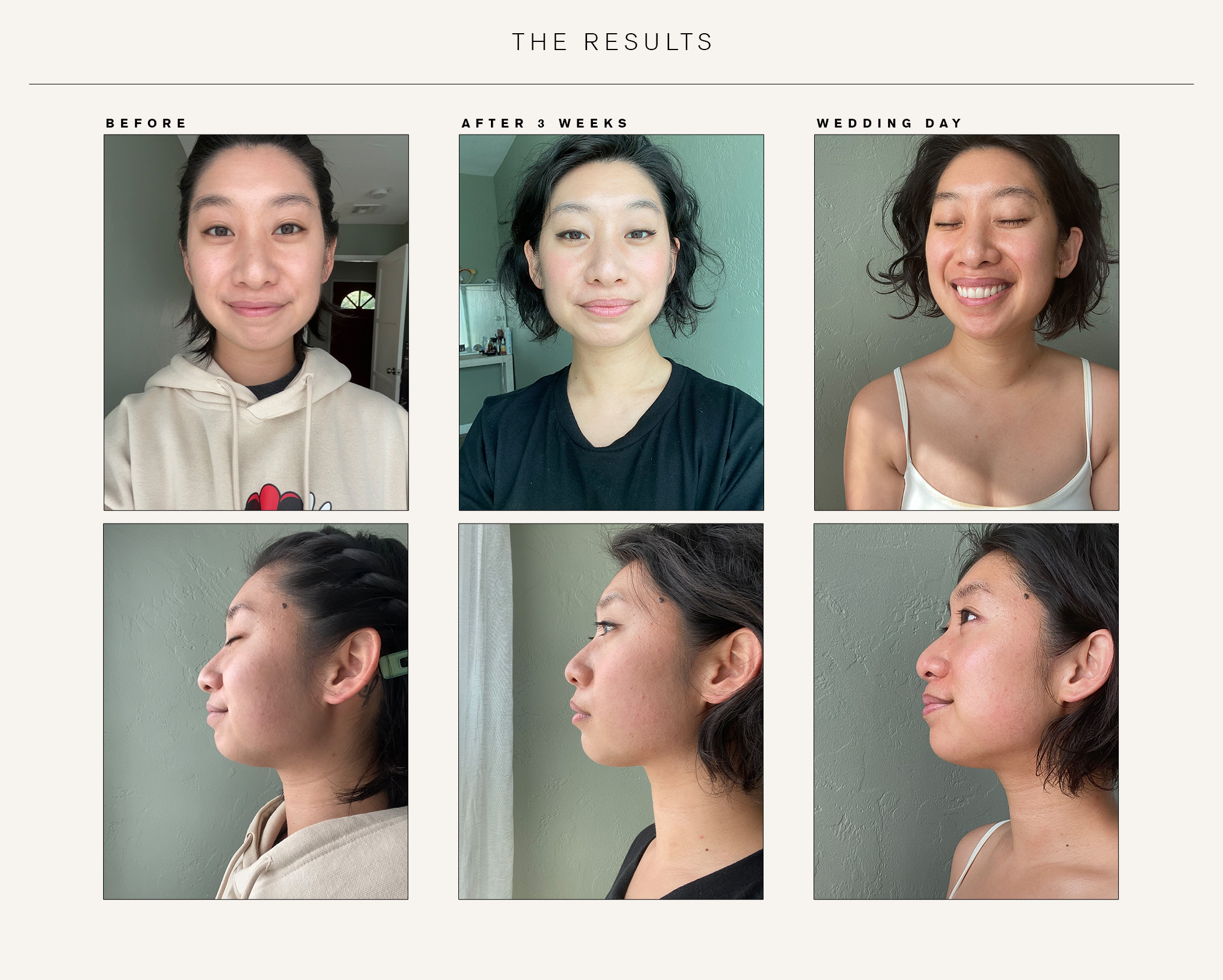
Zheng said stagnant qi can manifest in dullness of the skin, puffiness, rough texture, and acne—check, check, check, and check. But honestly, after months of consistent practice, the results speak for themselves. (Full disclosure: whereas some brides embark on a disciplined and structured fitness journey leading up to their wedding days, I conversely gained weight due to external stress and consequent poor diet—which, I think, makes the results even more shocking!)
I wanted to feel sculpted. I wanted a chiseled jawline and to rid myself of puffy cheeks and a baby double chin by my wedding day. Done, done, and done. She’s bright, she’s smooth, and she’s snatched. And now, she’s officially hitched!
But here’s what I didn’t expect: I didn’t expect the textural differences and genuine smoothness. I didn’t expect the brightness nor the return of a natural flush that I might not have seen since my college days. And above all, I didn’t expect to feel uplifted in more ways than one.
As what we in the community call a "first-generation alpha daughter” with infinite caretaker duties moving through life at hyperspeed, I’m used to slapping on my seven-step skincare routine in five minutes or less and flopping on the bed past the point of exhaustion and calling that "self-care.” But something about this gua sha routine—call it the intentional focus on long-neglected acupuncture points or the art of practicing a centuries-long tradition that roots me in my ancestral past—honors traditions of my culture and connects me to my mother, aunties, and grandmothers through restorative beauty rituals. What started as a 10-minute routine has bloomed into a full-blown ritual.
So that leaves me with the final pro tip, courtesy of Zheng herself: go slow.
"This is one of my favorite elements of gua sha practice that I think people don’t often realize or think about. A big focus of mine recently has been nervous system regulation. In this current world that we live in, it’s very easy for our sympathetic nervous system—our fight-or-flight—to get activated, so I feel like practices like gua sha—which force you to slow down, to be really intentional, to think about your breathing, your body, and how you’re feeling—help activate the parasympathetic system, the rest-and-digest stage. That’s where healing and rest happen, so it’s really important to make sure that we’re intentionally bringing our body back into that state. In this world we live in, it’s really easy to always stay in a hyperactive flight-or-flight mode,” she says.
I renamed my gua sha routine "Rest and Digest” thanks to Zheng’s illuminating perspective, and I practice that intentionality like my life—or rather my qi—depends on it.
Every night, I put on an episode of a show (right now, it’s Never Have I Ever season four), snuggle under a cozy blanket with my dog, apply my toner, serum, and facial oil, and then glide my rose quartz Mount Lai gua sha slowly over each area of my face. I mentally digest my day—my celebrations and wins, my losses and learnings—and I wiggle away at my favorite acupuncture points (my temples and just below my ears), allowing the superficial concerns of the day to melt away. I close my eyes and breathe deeply. I imagine what it could have been like to wind down my evenings with my mother on our couch, unpacking our days together and grounding ourselves in the comfort of soft conversation. She has long since passed. I recall long-forgotten memories of watching my grandmother at her vanity as she glides her jade roller across her wrinkle-less cheeks with her eyes closed and picking up her jade gua sha with the wonder and confusion of a six-year-old child—"Careful, Mèimei. It’s fragile and precious.”
Does gua sha work? Yes, daily practice has yielded the snatched jawline and chiseled cheekbones that the beauty community loves to see! But it works for me in more ways than one. It grants me peace, clarity, restoration, and emotional connection to my culture in a way I didn’t know a simple beauty ritual could offer. And for those reasons alone, it’s a beauty ritual and piece of Chinese tradition that I intend on practicing (read: celebrating) every day.
Tiff Soga is the Managing Editor ofBest Knockoff Luxury Clothing , based in Los Angeles. Born and raised in LA, Tiff has also called both the East Coast and London home for years. Her torrid love affair with all things skincare began in college in an effort to combat the different seasonal changes of Boston’s climate, while her personal sense of style evolved over her years of living in the U.K. A former academic, Tiff blends her decade of publishing experience and creative portfolio to help her team tell impactful stories that authentically represent diverse perspectives and narratives across intersectional communities.
